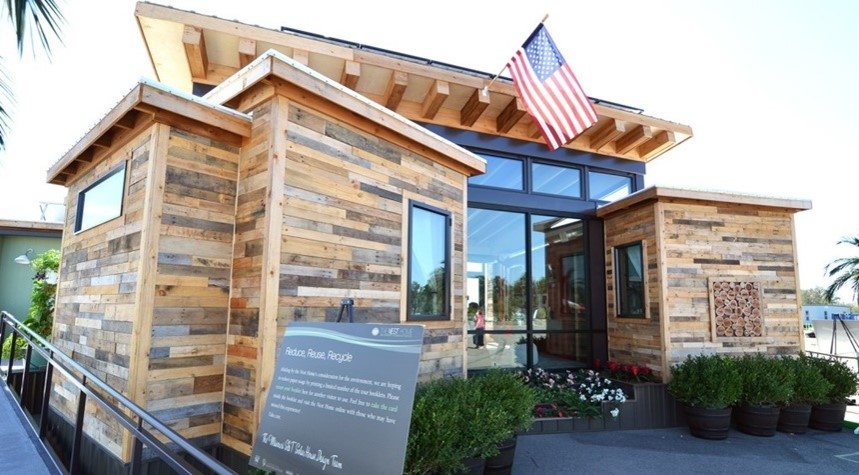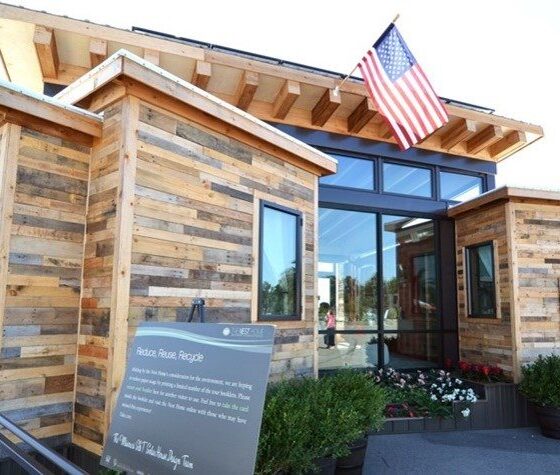

Features
New Concept of Living: “Nest Home”
As a part of the U.S. Department of Energy Solar Decathlon, schools from across the country have entered a competition to design and construct operational solar-powered houses. At the Orange County Great Park in Irvine, the teams engaged several types of contest, such as architecture, comfort, but also home appliance performance.
The competitors showcased their home designs, which included ideas like water-saving houses, environmentally aware homes and those lairs designed with protection from disasters in mind, like Missouri’s ShelteR3. However, also coming from Missouri, the team from the University of Science and Technology (Missouri S&T) have showcased the Nest Home design.
Basic Concept of “Nest Home”
The basis of the Nest Home lies in shipping containers, which can be easily stacked, welded together and modified to fit various purposes. Furthermore, this trend of container homes is based on recycling the old into something utilizable, but also durable. The whole concept is really based on the bird’s nest – in addition to being a net-zero energy home, the house’s greywater system allows for its downsizing, for when the children outgrow the nest.
The home’s three hydroponic gardens provide controlled environments to produce fresh vegetables, fruits and herbs in general. This only adds to the list of self-sustainable, eco-aware traits this house would have in offer.
#1 Energy Saver
Naturally, there are more than a couple of innovative technologies that comprise this ambitious project. First of all, a 24 PV panel array is used to power the house and an electric vehicle. In order to support the HVAC system and changing conditions, the automated windows can be programmed and adjusted. Another cute energy saving part of this concept are lights that automatically turn off when the home is empty. Additionally, the light harvesting technology enables the house lighting to dim or brighten as needed.
#2 Flexible
What’s interesting about the Nest Home is the fact that it was conceptualized with flexibility in mind. If one should desire to expand their humble abode, for whatever reason (be it a growing family or pure luxury), they can do so with minimal effort, by simply adding more shipping containers. This can easily work vise-versa, as your children start leaving the house, once they’re fully grown. Selling the no longer necessary parts of your home, can be a great way to earn some extra pocket money and to rid yourself of that which you no longer need, all the while cutting your bills.
#3 Sustainable
Yet another crucial thing about this project is its sustainability. Given the fact that the solar panels are used, net-zero energy is the name of the game here.
But why use shipping containers for your Nest Home? What is so lucrative about those? Well, for starters, these were built with durability and quality in mind, seeing as how they were once used to transport any type of goods – from those cheap to those that cost a fortune. Even if you decide to cut the containers, in order to modify them, their structural integrity may well remain intact.
Furthermore, simply stacking the containers is a lot cheaper than other building alternatives, seeing as how fewer materials are required than when building with standard materials. Cheaper, strong and modifiable, the containers may well be a way of the future.
As the U.S. Department of Energy Solar Decathlon was coming to its conclusion, we had to admit that choosing the project on which to write about was difficult, to say the least. However, we’ve found that special, unique gem among the myriad of great ideas in the Nest Home. We like the concept, love the flexibility and adore the sustainability. Green all the way!


 Environment10 months ago
Environment10 months agoAre Polymer Banknotes: an Eco-Friendly Trend or a Groundswell?

 Environment11 months ago
Environment11 months agoEco-Friendly Home Improvements: Top 7 Upgrades for 2025

 Features9 months ago
Features9 months agoEco-Friendly Cryptocurrencies: Sustainable Investment Choices

 Features10 months ago
Features10 months agoEco-Friendly Crypto Traders Must Find the Right Exchange

















